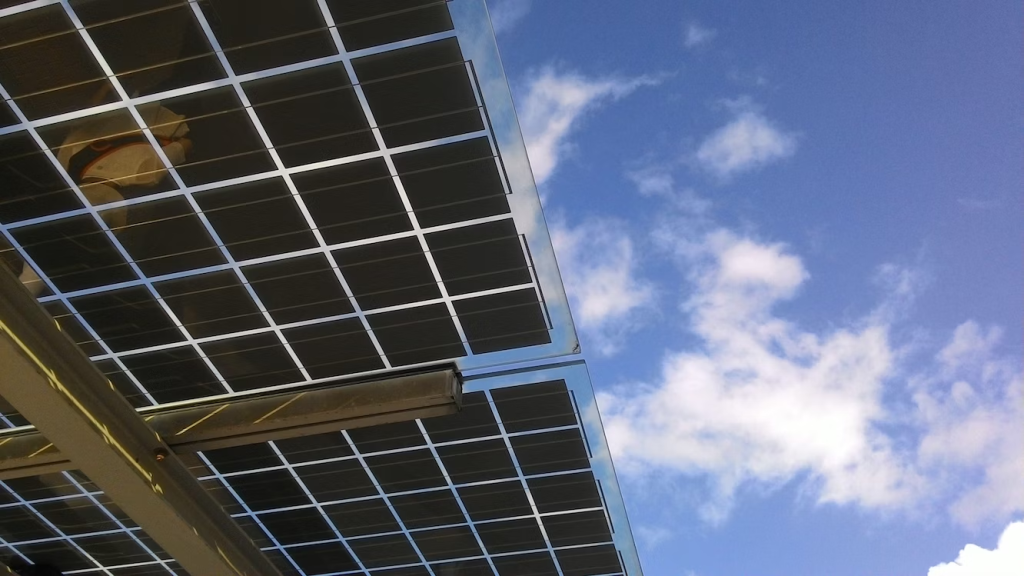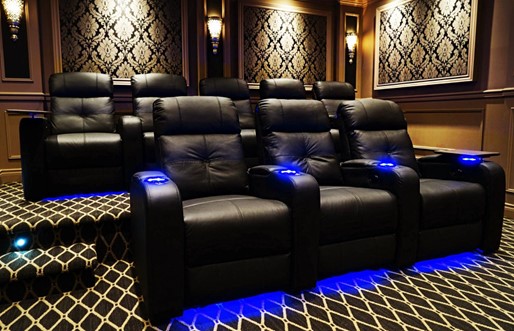Creating an eco-friendly home not only helps reduce your carbon footprint but also promotes a healthier and more sustainable lifestyle. One of the key aspects of an environmentally conscious home is energy efficiency. By making energy-efficient upgrades, you can significantly reduce your energy consumption, lower utility bills, and contribute to a greener planet.
So here are the various ways to make your home eco-friendly through energy-efficient upgrades. From improving insulation to utilizing renewable energy sources, these upgrades will not only benefit the environment but also enhance your comfort and well-being.

Energy-Efficient Lighting
Lighting accounts for a substantial portion of a home’s energy consumption. By switching to energy-efficient lighting options, you can make a significant impact on your energy usage. LED (light-emitting diode) bulbs, for example, use up to 75% less energy and last up to 25 times longer than traditional incandescent bulbs. They also emit less heat, reducing the strain on cooling systems during summer. Consider consulting with the electricians at electricitymonster.com.au/electricity-connection/ before rewiring your home’s lighting to get the best results. Make it a habit to replace outdated bulbs with LEDs and incorporate natural lighting through skylights and large windows whenever possible. These simple changes will not only save energy but also create a more pleasant and inviting atmosphere in your home.
Upgrading Insulation
One of the most effective ways to improve energy efficiency in your home is by upgrading insulation. Proper insulation ensures that your home retains heat during winter and stays cool during summer. By reducing heat transfer, insulation minimizes the need for excessive heating and cooling, leading to lower energy usage. Consider installing insulation in your attic, walls, and floors. Materials like fiberglass, cellulose, and spray foam insulation offer excellent thermal resistance. Additionally, weatherstripping doors and windows can further prevent drafts and heat loss.
Smart Home Technology: Energy Savings at Your Fingertips
With the advent of smart home technology, managing your energy consumption has never been easier. Smart thermostats, for instance, enable you to control your home’s temperature remotely, optimizing energy usage. These devices learn your preferences and adjust heating and cooling accordingly, reducing energy waste. You can also connect smart plugs to your appliances and turn them off remotely when not in use, preventing standby power consumption. Embracing these technological advancements empowers you to make energy-efficient choices effortlessly.
Harnessing Solar Power: Renewable Energy for Your Home
Solar power is a clean and renewable energy source that can significantly reduce your reliance on traditional electricity grids. Installing solar panels on your roof allows you to generate electricity from sunlight, lowering your carbon footprint and decreasing energy costs. The solar energy harvested during the day can be stored in batteries for nighttime use. Furthermore, some regions offer incentives and tax credits for adopting solar energy, making it a financially viable option. Consider consulting a professional to determine the feasibility of solar power in your area and to ensure optimal panel placement.
Efficient Appliances
Appliances such as refrigerators, washing machines, and dishwashers consume a significant amount of energy in our homes. Upgrading to energy-efficient models can make a notable difference in your energy consumption. Look for appliances with the ENERGY STAR label, which indicates that they meet strict energy efficiency standards. These appliances are designed to use less energy without compromising performance. For example, ENERGY STAR-rated refrigerators use about 9-10% less energy than standard models, while ENERGY STAR-rated washing machines can save up to 25 gallons of water per load. By replacing outdated appliances with energy-efficient alternatives, you can reduce both your energy bills and environmental impact.
Efficient Water Heating: Warming up Responsibly
Water heating accounts for a significant portion of residential energy consumption. To make your home more eco-friendly, consider upgrading your water heating system to a more efficient option. Tankless water heaters, for instance, heat water on demand, eliminating the need for a storage tank and reducing standby energy losses. These systems are more energy-efficient compared to traditional tank-style water heaters, as they only heat water when needed.
Another option is to insulate your water heater and hot water pipes to minimize heat loss. By optimizing your water heating system, you can reduce energy usage and contribute to a greener home.

By implementing these energy-efficient upgrades, you can transform your home into an eco-friendly sanctuary. Upgrading insulation, embracing smart home technology, harnessing solar power, switching to energy-efficient lighting, investing in efficient appliances, and optimizing water heating are all valuable steps toward a greener and more sustainable lifestyle. Not only will these upgrades reduce your environmental impact, but they will also provide long-term cost savings through reduced energy bills.
Start by identifying which upgrades are most suitable for your home and gradually incorporate them into your sustainable living plan.













